Wine by the glass is the most commonly ordered before dinner drink in fine dining restaurants.
 Some diners just order by the color, “I’ll have a glass of the white.” Some order by their favorite type, “A glass of Malbec, please.” But I find the wine by the glass order is a chance to try something different, learn more about the restaurant’s approach to wine, and see how the prices stack up. Restaurants need to be ready for all approaches and take an opportunity to burnish their image along the way.
Some diners just order by the color, “I’ll have a glass of the white.” Some order by their favorite type, “A glass of Malbec, please.” But I find the wine by the glass order is a chance to try something different, learn more about the restaurant’s approach to wine, and see how the prices stack up. Restaurants need to be ready for all approaches and take an opportunity to burnish their image along the way.
Lots of wines by the glass that interest me are around 10 to 12 dollars a glass. It seems a little steep, but a high margin on bar sales has always been the restaurant industry’s chance to make a buck and cover their ever-increasing overhead costs. Patrons have been schooled over the years to see the value in drink prices.
However, for my 12 bucks, the restaurant had better put some value in the experience if they don’t want me to whine about the wine. The offerings should be good, interesting and carefully selected. Just look in any wine store and you’ll know that the wine industry has moved from a few large multi-line wine producers to countless small (often family run) wineries with a story and distinctive wine. Goodbye, Kendall-Jackson – hello, Peachy Canyon! The same should be true for restaurant wine by the glass. I like to see offerings that may be unfamiliar, but show that the restaurant took some time and care to select.
It’s nice to see a written list of wines by the glass — one that the restaurant is proud of. I like to look at the wine by the glass menu again after I’ve ordered so I can choose something new and interesting with dinner.
Which brings me to my next point: the server should have some knowledge of the wines and be able to tell me something about them. If there are two Chardonnays, what is the difference (besides price)? Is the Sauvignon Blanc tart and citrusy in the Kiwi style or loaded with tropical fruit and hints of gooseberries like Sancerre? If my guest says, I’ll have a full bodied red wine, the server should know what that means and have a suggestion or two. Is the Riesling dry or off dry? If the server doesn’t have this knowledge (and not everyone can) then how about some written descriptions on the above mentioned printed list? A few notes on taste or reasons why this wine was included can be very helpful and will lessen the Q & A with my server.
The glassware should reflect the care used in choosing of the wines. A nice all-purpose glass is fine. Some restaurants use different ones for red and white, which is very nice. In any case, the glass should be large enough for the aroma of the wine to gather, but not large enough to be a backyard birdbath. The glassware needn’t be imported crystal, but should have a quality feel. Glassware is costly, by the way, and is definitely part of the restaurant’s pricing equation.
Open bottles have to be well cared for. Once opened, the wine exposed to oxygen the quality starts to decline. After a day or so the aroma and flavor change noticeably. There should be a system to preserve the wine’s freshness. They range from a simple hand vacuum pump to an expensive and elaborate mechanical system for keeping the air off the wines.
I don’t want to see my wine by the glass choice stacked 10 cases high inside the door of my wine retailer. There are lots of interesting wine out there. Restaurants prefer a wine in reasonably steady supply, but let’s stay away from the mass market stuff. If I do see the wine in the store, the price per bottle should not be less than the price per glass I paid at dinner.
Recently, I enjoyed a farm-to-table tasting dinner at Bailey’s Backyard in Ridgefield. Manager Bryan Walsh had chosen a panel of five wines to serve with the exceptional multi-course menu. He was able to describe each wine, discuss why he thought it was a good choice, and tell a little about where it was from. The wines were unfamiliar to me, but delicious and complimentary to the menu and made the evening all the more memorable. The wine program at Bailey’s is clearly well run and offers good value.
The Fat Cat Pie Co on Wall Street in Norwalk is another example of a high value wine program with interesting, well-chosen wines presented by an informed staff. The restaurant’s affiliation with the Fountainhead wine merchants (across the street) gives it access to limited production wines picked for their value, quality and interest. Give it a try — the organic pizza is excellent too.
Wine by the glass is getting a new competitor. There’s lots of good and and interesting craft beer out there at 6 or 7 dollars a pint to compete with indifferent glasses of wine at higher prices. The beers are nuanced, hand made, have distinctive flavor profiles, a good back story and are about half the price.
Enjoy your next wine by the glass and take it as an opportunity to try something new and interesting.
If the wine by the glass experience doesn’t measure up, be sure to let the management know, but don’t whine!


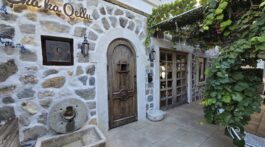
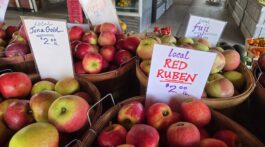
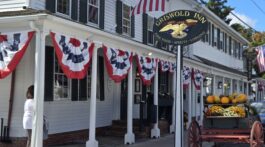
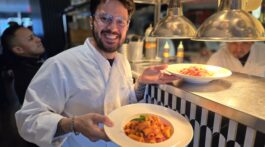

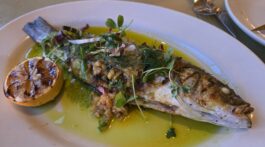
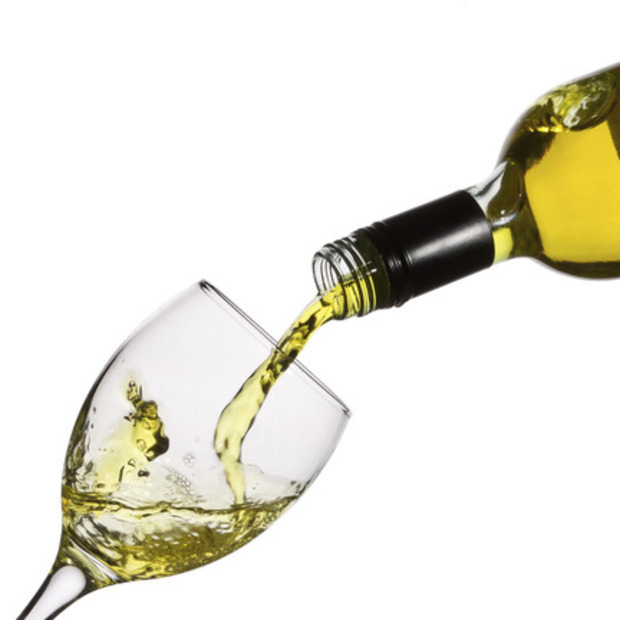
No Comment